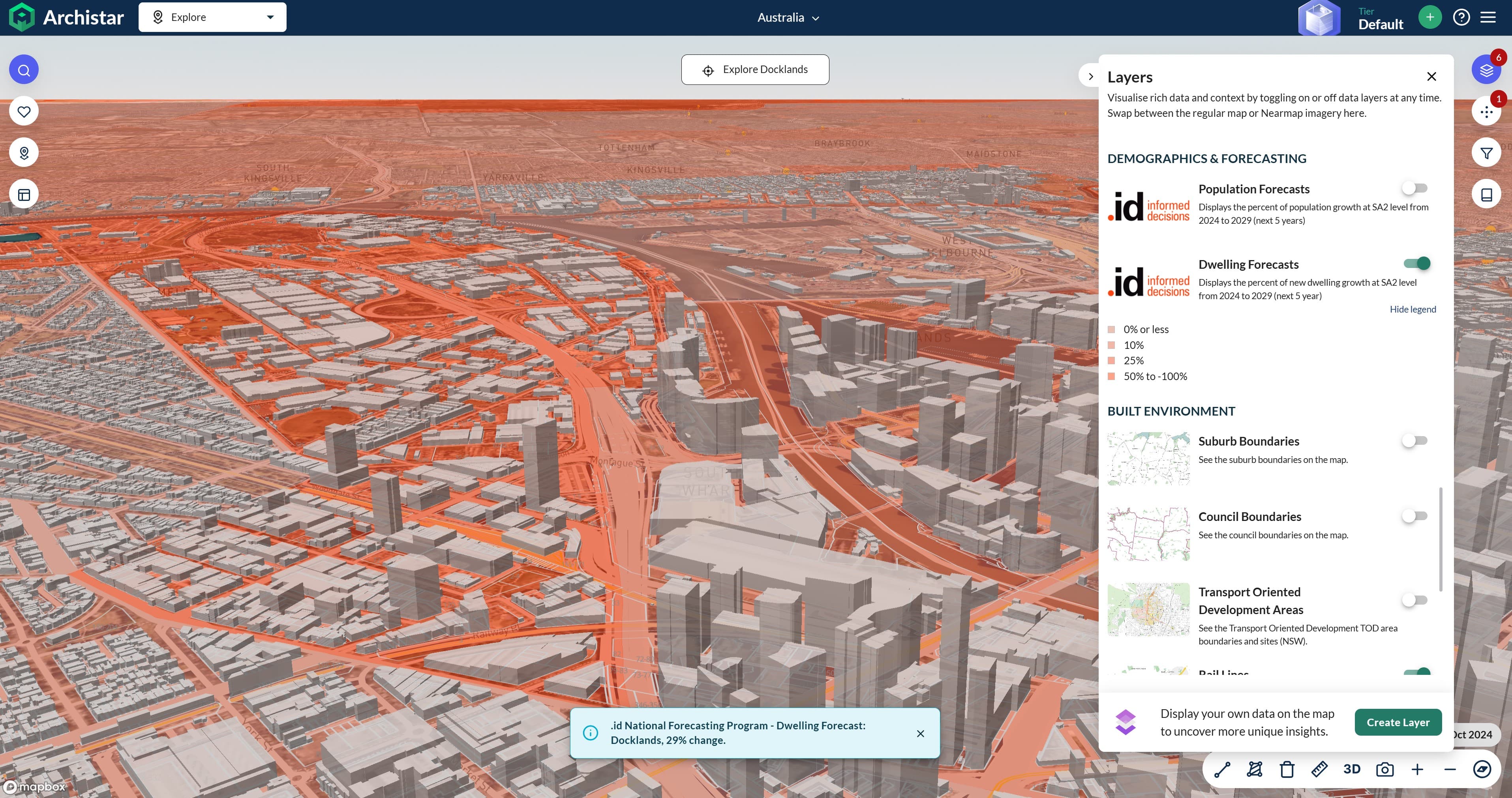The recent Census of Population and Dwellings in New Zealand was an interesting reflection of changing societal attitudes and technologies. As most Kiwis successfully completed their Census forms online, technologies such as fax machines were dropped from questions about communications. Changes to questions about living standards, migration and sex allowed more nuanced insights, while Stats NZ also grappled with the challenge of aligning responses in different languages to create a universally accurate survey of New Zealand’s society.
On Tuesday the 6th of March this year, New Zealand held its 34th Census of Population and Dwellings.
While the response rate figures still haven’t been totally confirmed, Statistics New Zealand is pleased with the fact that over 3 million people have completed their Census forms online.
In terms of IT infrastructure, the online portal worked well and was fortunately not the target of denial-of-service attacks as was the case in Australia in 2016.
This year, the delivery of forms, or access to forms, was different. Around 96% of households received a unique access form which enabled them to complete the Census forms online. Remote areas, however, were visited by field staff to ensure a higher completion rate and better coverage of the Census.
The New Zealand Census is made up of three forms; a “dwelling form”, which only needs to be completed by one person and is focused on things like heating type in the dwelling, internet and telephone access. Additionally, everyone in the dwelling must complete an “individual form” and there is also a “household summary” form.
Digital-first as a focus
If Census campaigns had slogans, the one for the 2018 Census in New Zealand would be “Digital First”.
The 2018 Census was digital first in order to reduce costs and improve quality as well as the timeliness of the information which comes from the Census. Previous field collection methods meant that information took weeks to return and required transcription. The online method is quicker and easier to categorise and combine in databases due to the design of online forms and connections to unique user records.
Statistics New Zealand is aiming for a 70% online response rate this year. Some strategies have been thought of already to ensure a better response and inclusion of individuals in the census. There will be a focus on regions such as Northland and the East Cape, Haast and the Westland as well as the Chatham Islands and Great Barrier Island. As at Census night, work also began on the homeless persons count and ensuring that they are counted, recorded and represented in the Census, so that decision making can be inclusive of the homeless population too.
New Census Questions
The 2018 Census included several new questions such as the “Dwelling Dampness Indicator” and “Dwelling Mould Indicator” which intend to provide an indication whether a dwelling is damp or not (a health issue, and also a housing problem which the government can address).
It is a self-evaluating question and some subjectivity is expected and deemed acceptable by Stats NZ. Other new questions focus on “Access to Basic Amenities”, which asks about access to basic amenities inside the dwelling – e.g. availability of toilet/s in working order. The number of households with no basic amenities is expected to be small.
An interesting new question in the 2018 Census is the ‘usual residence one year ago‘. As forecasters, we often refer to that information to gauge the spatial dynamics, role and function of a place and how it connects to other towns, cities and regions in New Zealand new to this 2018 Census.
This question will provide a different temporal resolution to migration and give us an opportunity to assess how dynamic New Zealand is from a migration perspective. Most places that I have completed forecasts for in New Zealand have close to 50% of the usually resident population change address in a five year period.
This indicates how mobile New Zealanders are, but some information such as that of “people who lived overseas five years ago” doesn’t provide us too much information on the inner workings of overseas migrants in New Zealand. They’re likely to move at least once in those first five years as they “find their feet” and begin to understand where the best place is for them, so by asking people where they lived one year ago, we will get a more in-depth understanding of migration.
Other new questions which popped out when I read the 2018 Census Design of Forms document were: “Main means of travel to education”, “education institution address” and “disability/activity limitations” which collects information on whether people have difficulties doing activities as a result of a health problem. This question is different to the one asked in 2013 where a question was asked about health problems or conditions which lasted six months or more.
Changed Questions
Some questions which were included in previous Censuses have been altered for the 2018 Census.
Questions regarding the dwelling address, name/people present on Census night and relationship to reference person as well as a list of absentees have all been altered this time around. The “Household Summary” page online allows for people to be added to the summary (e.g. visitors) or their status to be changed from “resident” to “away”. People could also be removed from the summary list in case an anticipated visitor does not stay in the household on Census night as initially expected.
Other dwelling-specific questions such as whether a dwelling is joined or separate, number of storeys, number of rooms, whether the dwelling is owned or in a family trust have been changed as has the question regarding the “main type of heating” in the dwelling.
This question now asks the respondents to specifically answer which type of heating is used in the dwelling rather than which fuel type is used to heat the dwelling. The “access to telecommunication system” question has also been updated to now no longer include “fax access” as the option (RIP fax machines!) and has had the terminology around cell phones simplified.
From a cultural perspective, questions regarding Māori descent and Iwi affiliation have also changed. A geographic area is needed to accurately identify individual Iwi as some individual Iwi may have the same name but be located in a different rohe (region).
The “religious affiliation” question has also been enhanced to allow for denominations to be entered for any religion chosen. Previously, only those who answered “other” or “Christian” were asked to input additional information regarding denominations. The 2018 Census question enables all respondents to give whatever level of detail they choose, and the examples listed are denominations, to encourage that level of detail.
Unchanged questions
Questions which did not change, although they were assessed for potential change, are (amongst others) Number of motor vehicles.
The overall non-response rate was acceptable, and the pattern of responses was as-expected. Statistics New Zealand looked more carefully at the responses for three or more vehicles, to check that these had been counted correctly. Although the question about “Sex” didn’t change, respondents whose biological sex is not male nor female (i.e. intersex), are able to mark both “male” and “female” on a paper form for this question but would need to request a paper form to be sent out.
In their findings, Statistics New Zealand discovered something interesting with the “Legally registered relationship status”, which also did not change. The pattern of responses was as expected across the relationship categories. The analysis population showed more married respondents used the online form, and more divorced and widowed/widowered respondents used the paper form, perhaps related to age and more older divorcees using paper forms rather than online forms.
Some of the other questions which did not change were “Age/Date of birth”, “Ethnicity”, “Years since arrival in NZ”, “Languages Spoken”, “Total Personal Income”, “Hours Usually Worked”, “Status in Employment”, “Occupation”, “Workplace Address”.
Te Reo Māori
Since 1996, Statistics New Zealand has offered respondents the opportunity to complete Census forms in Te Reo Māori. Since 2006, this was an option for digital forms too.
Te Reo Māori forms have evolved over time to enhance usability and improve the user experience. For the 2018 Census, Statistics New Zealand translated the new content as well as online terminology (e.g. “select” rather than “mark”, which is paper form terminology) and reviewed all the remaining content. The forms were quality assured and reviewed by The Māori Language Commission.
The two main goals for the Te Reo Māori forms in this year’s Census were to increase “understandability”, that is, new questions and text to be simple and understandable, and cater to a range of proficiency levels in Te Reo.
Secondly, “Conceptual Equivalence”, that is, information collected from the Te Reo Māori and English questions must produce comparable responses if the data are to be meaningful. The questions need to convey and measure equivalent concepts across Te Reo Māori and English.
The 2018 development included a review of the 2013 Census forms, checking for conceptual differences, typographic or grammatical errors, and inconsistent use of words. Some issues arose when unfamiliar terms stumped even proficient speakers of Te Reo. The word kahekaheka, which means ‘mould’ is not used commonly, so during the form-testing process, many users referred to the English version of the question to understand the word.
For more information on the rollout of the New Zealand 2018 Census results, make sure you’re subscribed to our monthly newsletter or blog. Subscribe to product updates if you would like to be notified when the new data has been added to our community suite of demographic resources, including profile.id, atlas.id and forecast.id.
.id is a team of population experts who combine online tools and consulting services to help local governments and organisations decide where and when to locate their facilities and services, to meet the needs of changing populations. Access our local government area population forecasts here.









